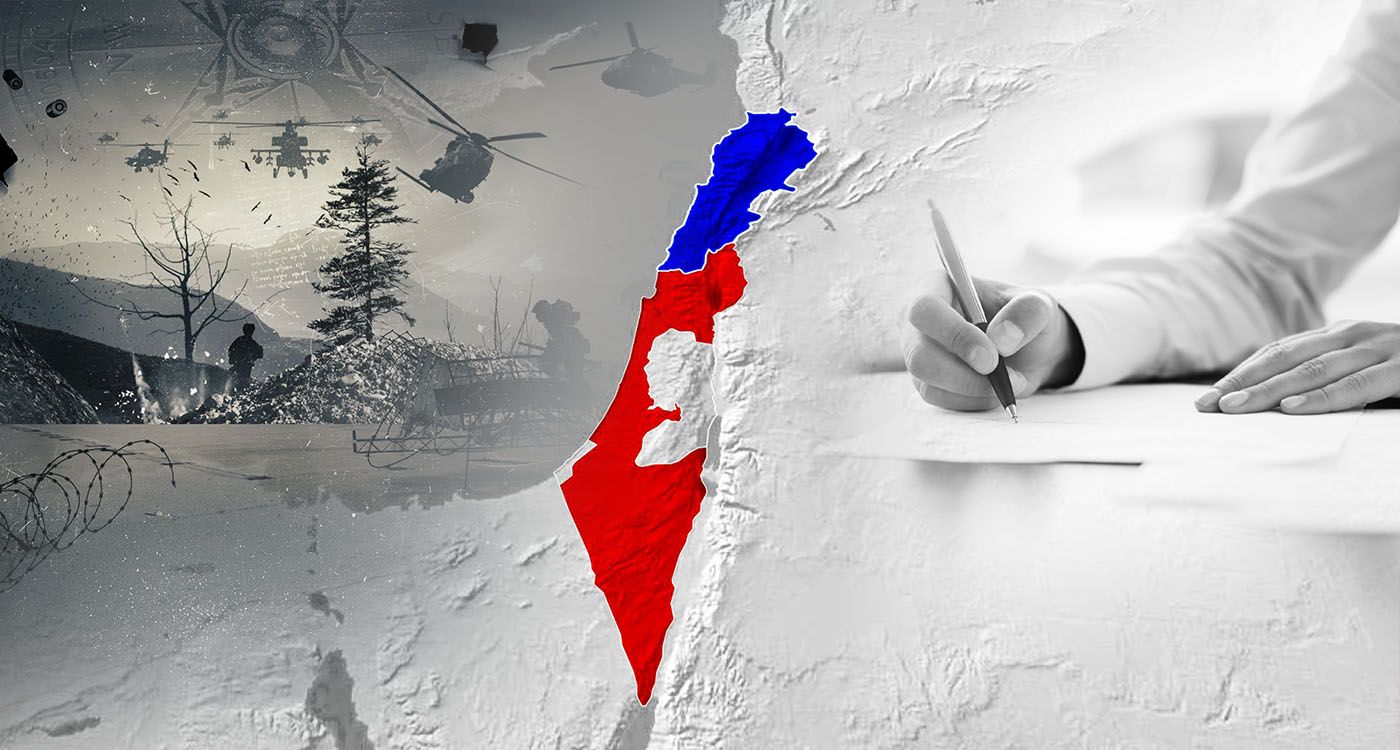
Lebanon today stands at a crossroads in its relationship with Israel, facing three distinct options: to maintain a state of war and hostility, to return to the 1949 armistice agreement, or to pursue peace and normalization.
The Path of Hostility
If Lebanon chooses to remain in a state of active hostility, the cost will be borne heavily by its people – both in terms of lives and livelihoods. Cycles of conflict, whether short-lived or protracted, will continue to undermine national stability. Economic recovery will remain elusive, and foreign investment will be deterred. The country risks deepening its regional and international isolation, while its territory remains vulnerable to illegal armed activity beyond state control.
Should the Lebanese state pursue this path, it must be prepared to assume full responsibility for its consequences. This includes developing comprehensive military, political and economic strategies to sustain such a position – an immense burden for a fragile state. The critical question remains: is Lebanon ready to carry this weight?
The Armistice Option
Reverting to the 1949 armistice agreement is clearly a better option compared to open hostility. However, such a move demands that the state reassert its exclusive authority over decisions of war and peace – and over all armed forces within its territory.
Calling for an armistice while allowing armed Lebanese or Palestinian factions to independently pursue Israel’s destruction would be, in effect, a smokescreen. Such an agreement would collapse immediately, as made clear by the failure of the 1969 Cairo Agreement, under which the state surrendered its sovereignty by ceding control of the south to the Palestine Liberation Organization. That decision led to devastating consequences still felt today.
The responsibility for those outcomes lies squarely with the political leadership of that era. Their failure to uphold state authority plunged the nation into years of violence and instability.
A similar dynamic has persisted since the early 1990s, particularly with the rise of Hezbollah. Successive governments have allowed one armed faction to monopolize key decisions, leaving the Lebanese population hostage to a course not of their choosing. The resulting conflicts have cost thousands of lives, caused widespread destruction, and compromised Lebanon’s sovereignty. Those responsible – both decision-makers and those who turned Lebanon into a battlefield – must be held to account.
The Peace Alternative
Though politically fraught, the path of peace and normalization remains the most viable long-term solution, especially if it settles unresolved issues such as border demarcation and the future of Palestinian refugees in Lebanon.
After decades of conflict, the Lebanese are weary of paying the price – whether in blood, economic hardship or the sacrifice of national interests – in the name of liberating Palestine. They are equally frustrated with those who continue to call for “throwing Israel into the sea.” The sea of chaos, devastation, and violence has engulfed the champions of this rhetoric, dragging down with them all Lebanese who still seek a lifeline – one free from empty and outdated slogans.





Comments